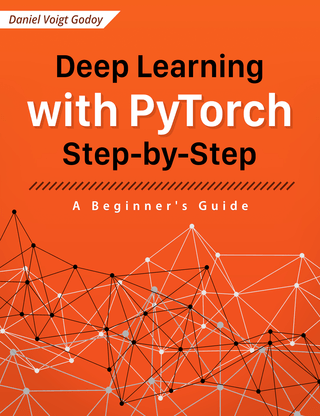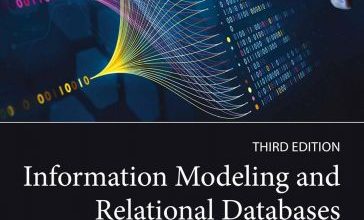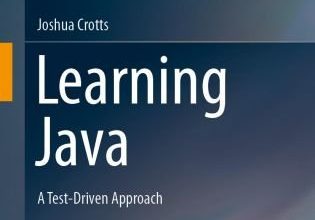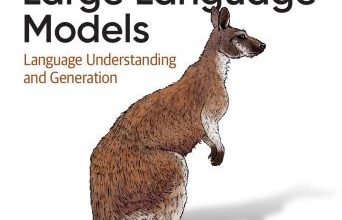Deep Learning with PyTorch : Step-by-Step A Beginner’s Guide (2024)


Deep Learning with PyTorch : Step-by-Step A Beginner’s Guide (2024)
English | 2024 | ISBN: NA | 1047 Pages | PDF | 34 MB
Revised for PyTorch 2.x! In 2019, I published a PyTorch tutorial on Towards Data Science and I was amazed by the reaction from the readers! Their feedback motivated me to write this book to help beginners start their journey into Deep Learning and PyTorch. I hope you enjoy reading this book as much as I enjoy writing it.
UPDATE (August, 25th, 2024) – Revised for PyTorch 2.x!
The latest revised edition (v1.2) was published today to address changes in PyTorch, Torchvision, and other libraries. The chapters most affected were Chapter 4 (in Part II, Computer Vision) and Chapter 11 (in Part IV, NLP).
UPDATE (July, 19th, 2022): The Spanish version of Part I, Fundamentals, was published today:
https://leanpub.com/pytorch_ES
UPDATE (February 23rd, 2022): The paperback edition is available now (the book had to be split into 3
volumes for printing). For more details, please check pytorchstepbystep.com.
UPDATE (February 13th, 2022): The latest revised edition (v1.1.1) was published today to address small changes to Chapters 9 and 10 that weren’t included in the previous revision.
UPDATE (January 23rd, 2022): The revised edition (v1.1) was published today – better graphics, improved formatting, larger page size (thus reducing page count from 1187 to 1045 pages – no content was removed!). If you already bought the book, you can download the new version at any time!
If you’re looking for a book where you can learn about Deep Learning and PyTorch without having to spend hours deciphering cryptic text and code, and that’s easy and enjoyable to read, this is it 🙂
The book covers from the basics of gradient descent all the way up to fine-tuning large NLP models (BERT and GPT-2) using HuggingFace. It is divided into four parts
Part I: Fundamentals (gradient descent, training linear and logistic regressions in PyTorch)
Part II: Computer Vision (deeper models and activation functions, convolutions, transfer learning, initialization schemes)
Part III: Sequences (RNN, GRU, LSTM, seq2seq models, attention, self-attention, transformers)
Part IV: Natural Language Processing (tokenization, embeddings, contextual word embeddings, ELMo, BERT, GPT-2)
This is not a typical book: most tutorials start with some nice and pretty image classification problem to illustrate how to use PyTorch. It may seem cool, but I believe it distracts you from the main goal: how PyTorch works? In this book, I present a structured, incremental, and from first principles approach to learn PyTorch (and get to the pretty image classification problem in due time).
Moreover, this is not a formal book in any way: I am writing this book as if I were having a conversation with you, the reader. I will ask you questions (and give you answers shortly afterward) and I will also make (silly) jokes.
My job here is to make you understand the topic, so I will avoid fancy mathematical notation as much as possible and spell it out in plain English.
In this book, I will guide you through the development of many models in PyTorch, showing you why PyTorch makes it much easier and more intuitive to build models in Python: autograd, dynamic computation graph, model classes and much, much more.
We will build, step-by-step, not only the models themselves but also your understanding as I show you both the reasoning behind the code and how to avoid some common pitfalls and errors along the way.
I wrote this book for beginners in general – not only PyTorch beginners. Every now and then I will spend some time explaining some fundamental concepts which I believe are key to have a proper understanding of what’s going on in the code.
Maybe you already know well some of those concepts: if this is the case, you can simply skip them, since I’ve made those explanations as independent as possible from the rest of the content.





